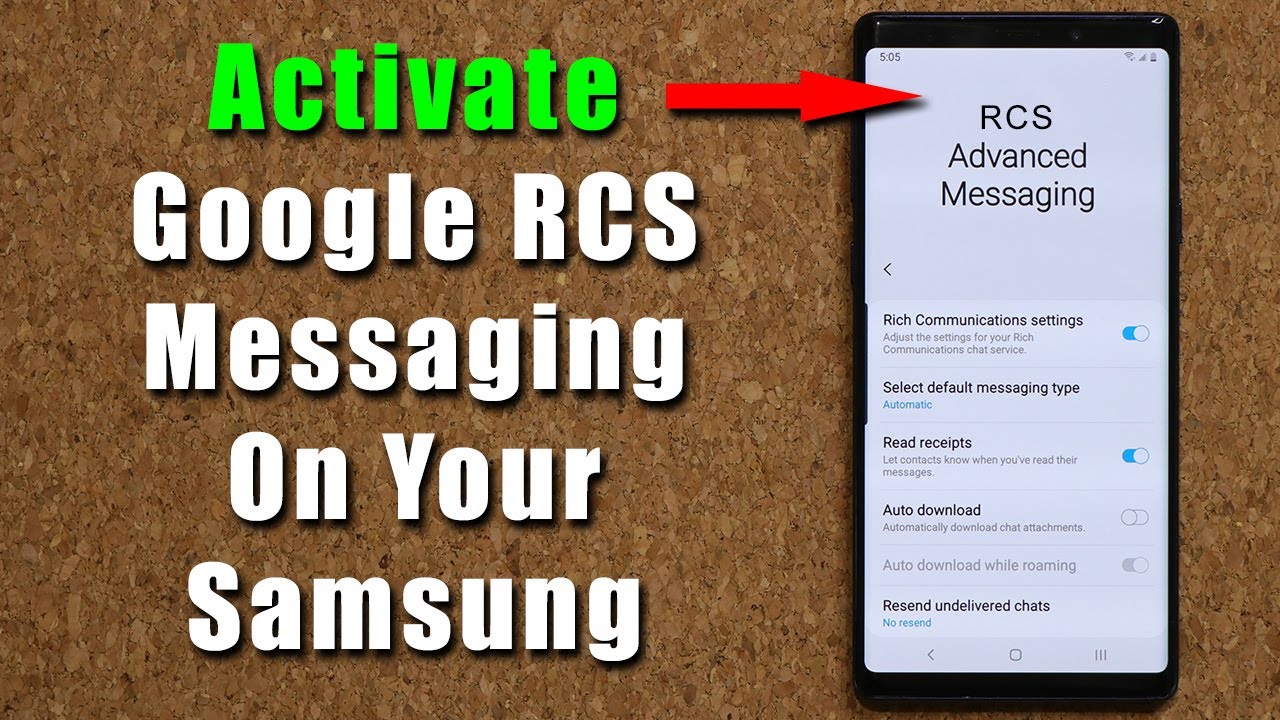
Smartphones have become an essential tool for capturing moments and memories. With advancements in technology, smartphone cameras have evolved to rival professional cameras, allowing users to capture high-quality images with ease. However, taking great pictures with your smartphone requires more than just pointing and shooting. Here are 12 tips to help you click better pictures with your smartphone:
1. Clean Your Lens: Before you start taking pictures, make sure to clean your smartphone’s lens. Dust, fingerprints, and smudges can affect the clarity of your photos. Use a clean, soft cloth to gently wipe the lens and ensure that it is free from any dirt or debris.
2. Use Natural Light: Natural light can significantly improve the quality of your photos. Whenever possible, try to shoot outdoors or near a window to make use of natural light. Avoid using the flash unless absolutely necessary, as it can cause harsh shadows and overexposure.
3. Find the Right Angle: Experiment with different angles to find the most flattering and interesting composition. Try shooting from a low angle for a unique perspective or from above to capture a bird’s eye view. Don’t be afraid to get creative with your angles to add depth and interest to your photos.
4. Use the Rule of Thirds: The rule of thirds is a basic principle of composition that can help you create more visually appealing photos. Imagine dividing your frame into thirds both horizontally and vertically, and place your subject along these lines or at the intersections to create a more balanced and dynamic composition.
5. Use HDR Mode: HDR (High Dynamic Range) mode can help you capture more detail in high-contrast scenes. When enabled, your smartphone will take multiple exposures of the same scene and combine them to create a single image with improved dynamic range. This can help you capture more detail in both the shadows and highlights of your photos.
6. Use Gridlines: Most smartphones offer gridlines that you can enable in the camera settings. Gridlines can help you align your shots more accurately and adhere to the rule of thirds. Use the gridlines to ensure that your horizon is straight and that your subjects are well-positioned within the frame.
7. Avoid Digital Zoom: Digital zoom can significantly reduce the quality of your photos by interpolating the image and reducing sharpness. Instead of using digital zoom, try to move closer to your subject or use the camera’s optical zoom if available. If you need to zoom in, it’s better to crop the image later in post-processing.
8. Use Burst Mode for Action Shots: Burst mode allows you to capture a series of photos in rapid succession, making it ideal for capturing fast-moving subjects or action shots. Simply hold down the shutter button to take a burst of photos, and select the best shot later from the series.
9. Experiment with Manual Controls: Many smartphones offer manual controls for settings such as exposure, ISO, and white balance. Experimenting with these settings can help you achieve more creative and professional-looking results. Adjusting the exposure can help you capture more detail in dark or bright scenes, while tweaking the white balance can help you achieve more accurate colors.
10. Use Editing Apps: Editing apps can help you enhance your photos and correct any imperfections. Apps like Snapseed, Lightroom, and VSCO offer a wide range of editing tools that allow you to adjust exposure, contrast, saturation, and more. Experimenting with these tools can help you take your photos to the next level.
11. Keep Your Camera Steady: Shaky hands can result in blurry photos, especially in low-light conditions. To ensure sharp images, try to keep your camera as steady as possible while taking photos. You can use a tripod or a makeshift stabilizer to keep your camera steady, or simply brace your arms against your body for added stability.
12. Practice, Practice, Practice: Like any skill, photography takes practice. Take the time to experiment with different techniques and settings to see what works best for you. The more you practice, the more you’ll learn about composition, lighting, and timing, which will ultimately help you take better pictures with your smartphone.
By following these tips, you can improve your smartphone photography skills and take stunning photos that capture the beauty of the world around you. Whether you’re capturing everyday moments or special occasions, these tips will help you make the most of your smartphone’s camera and create memories that will last a lifetime.








